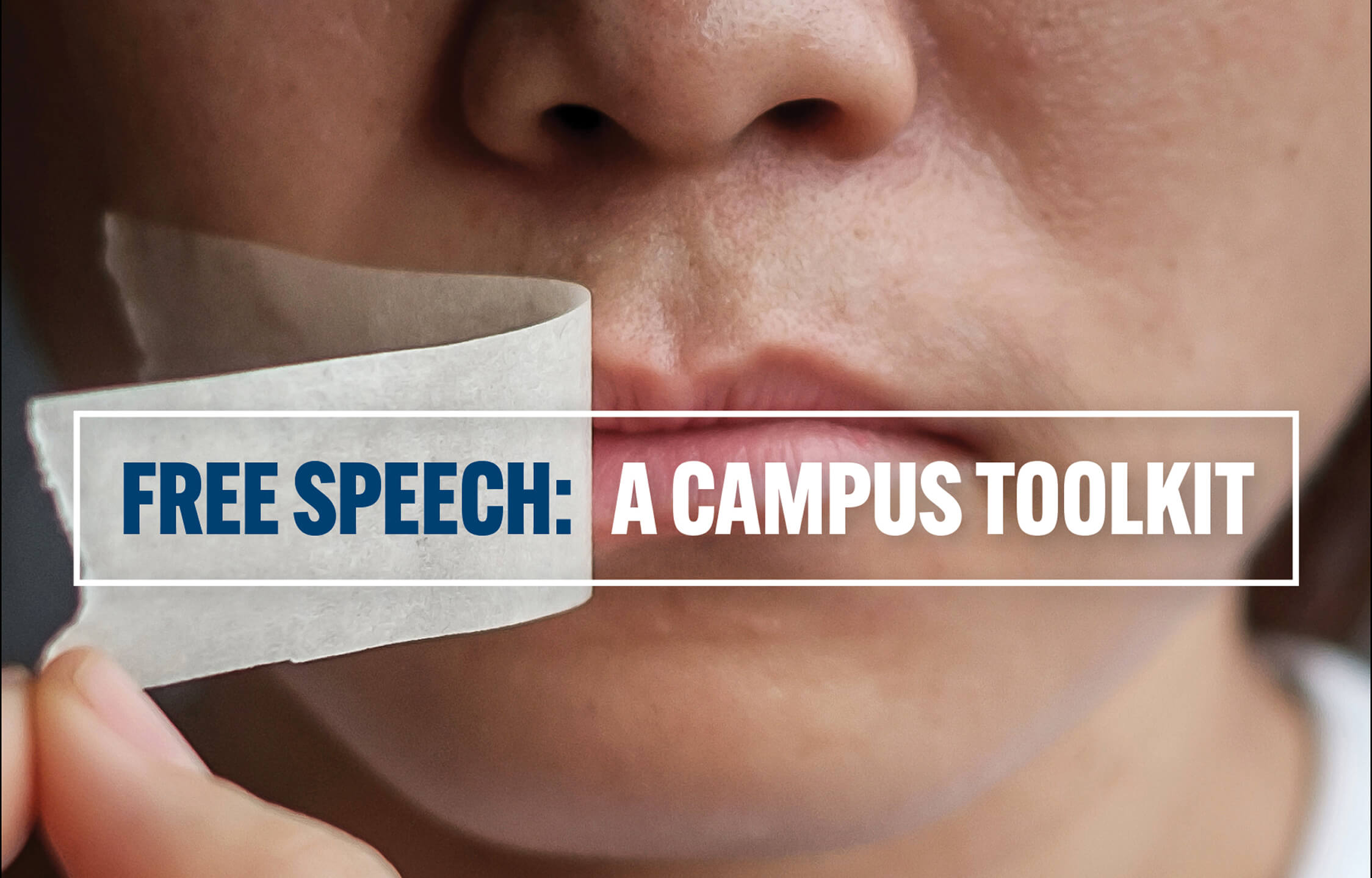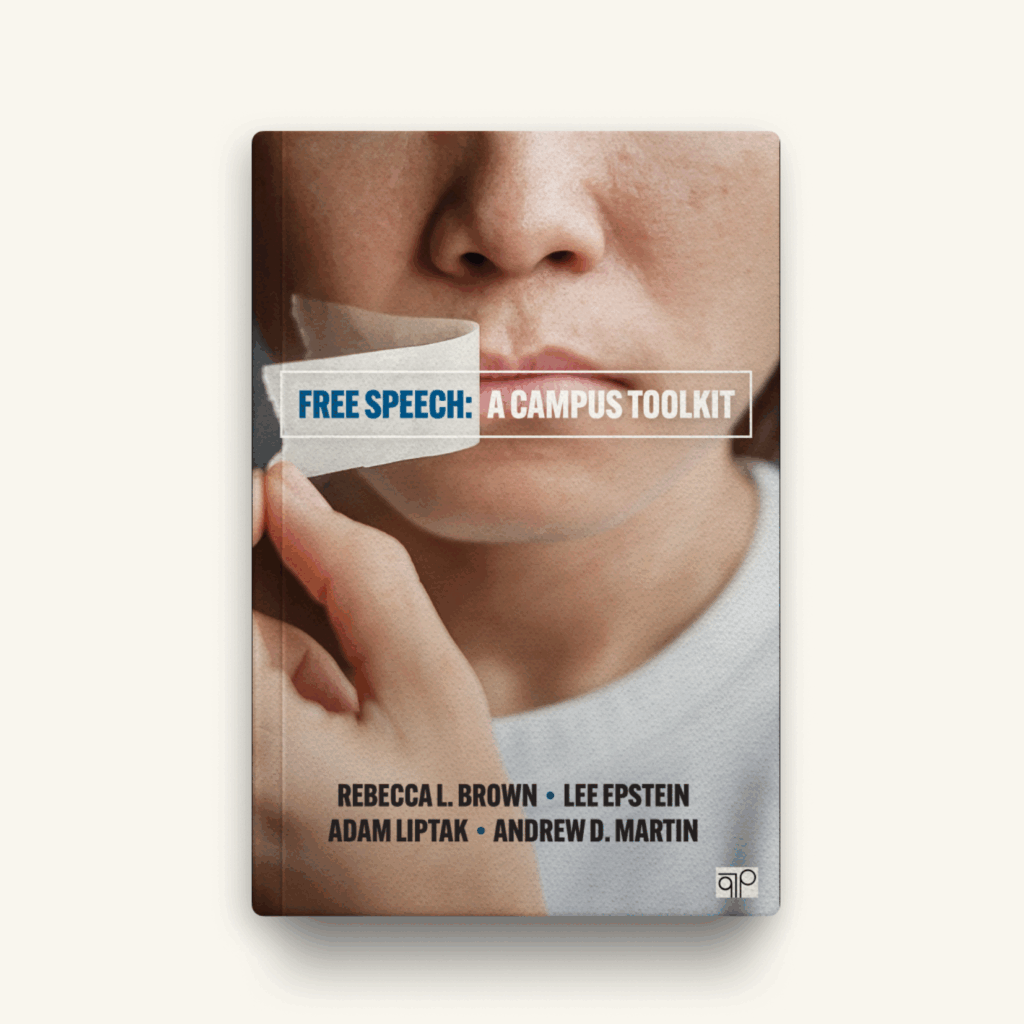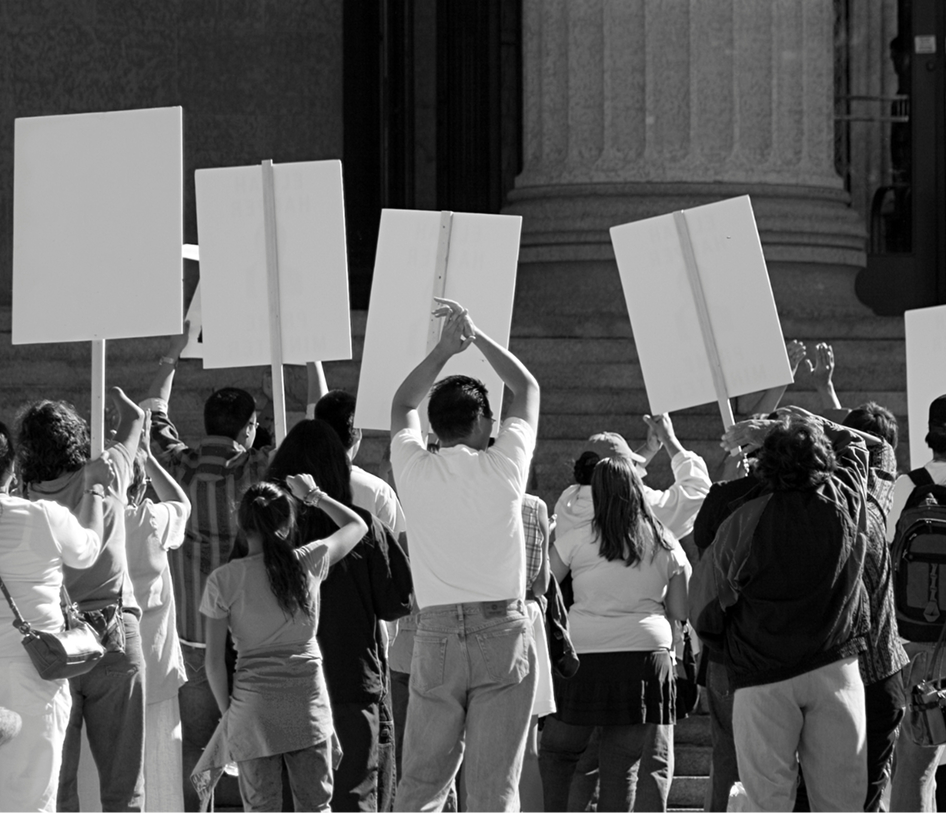

About the Book
This book offers a new way for students of free speech to think about it in the university setting. It introduces five basic tools to help them think independently about problems that may arise: (1) classic theoretical justifications for free speech, (2) court doctrine relating to the First Amendment, (3) social science insights into the way society engages in expression, (4) the concept of academic freedom and its relation to campus disputes, and (5) the historical context of speech within universities.
These interdisciplinary tools provide a principled framework for navigating real-world campus controversies that push judgment to the limits of the law and beyond.

Case Controversies
After digesting each chapter of instructive materials in the book, students can turn to this website to apply what they have learned in the context of controversies drawn from the real world. Each case-controversy presents a dispute involving free speech in a campus setting and includes a description of the issue, additional readings and videos to bring the issue into better perspective, and questions for instructors and students to discuss.
Chapter Content
Each chapter of the book will present material designed to equip the student with a tool for exercising critical thinking about disputes involving campus speech. The first centers around theories of the First Amendment, followed by an overview of relevant legal doctrine in the second. The third exposes students to insights derived from social science. In the fourth chapter, we introduce the notion of academic freedom, which plays an important role in assessing speech restrictions for faculty, students, and even the university itself. Finally, the fifth chapter offers a historical perspective on matters of campus speech.


Instructor Resources
In addition to the supplementary content for the course that the website provides, material designed to assist instructors in developing and launching a course is also available. This material includes model syllabi, lecture notes, and slides.